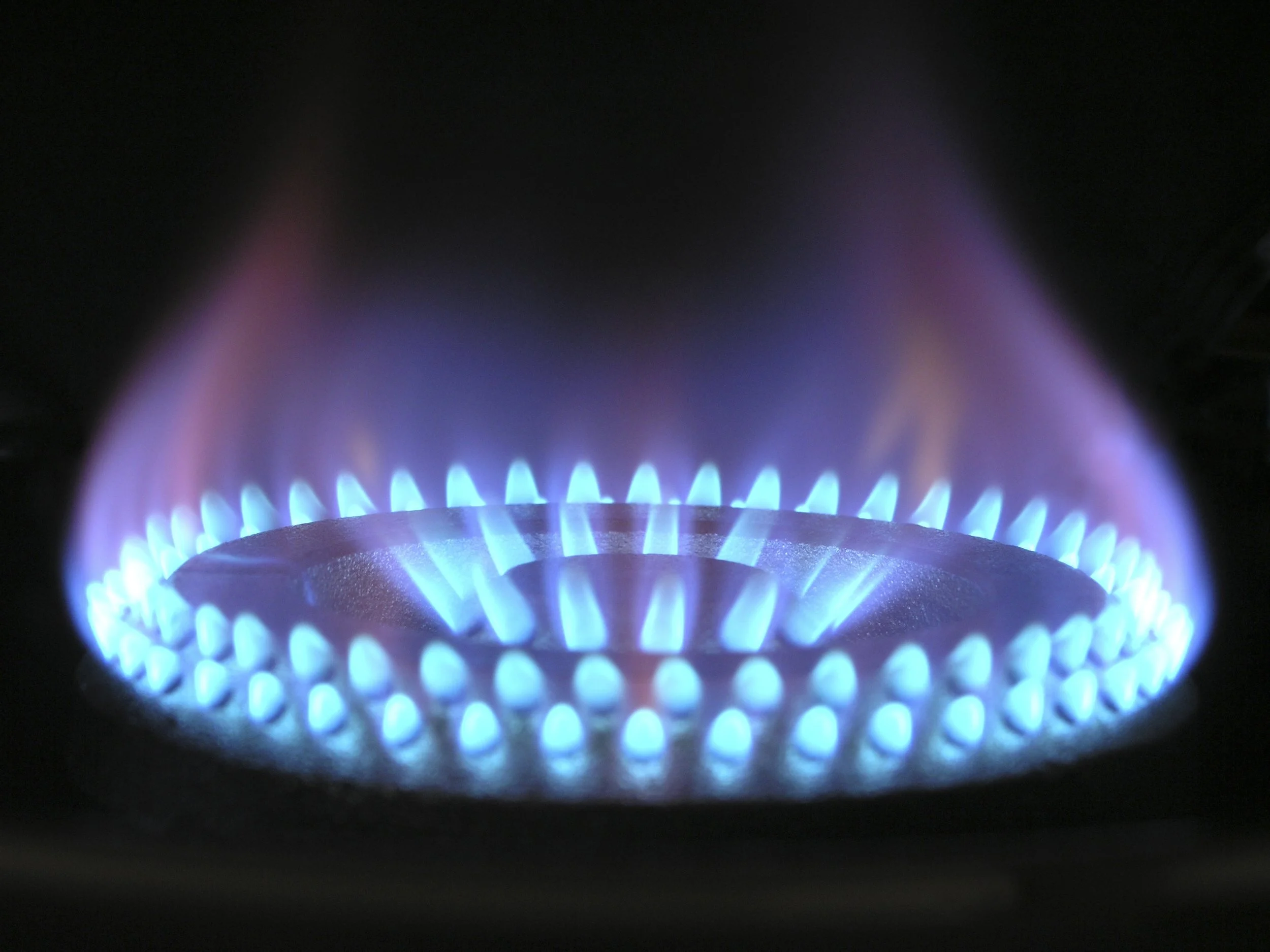by Hannah Stewart
Many have referred to natural gas as a “bridge fuel” for power plants because they can “cut greenhouse gas emissions, as compared to the use of coal, while we strive to bring down the cost of renewable power and speed its introduction.” Since burning natural gas releases fewer on-site CO2 emissions than burning coal or petroleum, this statement makes sense, even if it ignores the environmental consequences of extracting natural gas or building the necessary infrastructure to transport it. When you count all of the emissions released throughout the entire life cycle of natural gas, though, it isn’t much better than coal. Most of this can be attributed to methane, which is leaked into the atmosphere during the drilling, extraction, and transportation phases. Over a period of 20 years, methane is 86 times more effective at trapping heat than CO2 . However, the apparent stamp of approval on natural gas has led to a consistent annual increase of 2.78% in natural gas consumption.
While natural gas was busy reigning over the power sector for the last few decades, the cost of renewables has been plummeting. Since 2009, solar costs have dropped by 85% and wind costs by 50%. Solar power now costs only 33-37 cents per watt. (To see how this compares to the price of energy produced by natural gas, check out this article.)
With renewable energies now so cheap, the world is nearing the end of natural gas’s “bridge.” In a post-Paris Agreement world, the emissions from natural gas are still too much to avoid the worst consequences of climate change, which means that “natural gas will disappear from the power sector...where emissions need to be around zero by mid-century.” The Netherlands have already committed to phasing out natural gas. Once a major gas-producing nation, the country now aims to reduce CO2 emissions by 80% by 2050. Already, the Netherlands’ largest cities, Amsterdam, Rotterdam, and Utrecht, have signed a “Green Deal” which will lead to the first “gas-less neighborhoods” in the next two years. Each year, another 170,000 homes will be disconnected. Over in Canada, Vancouver’s city council made a similar decision when it moved to ban natural gas from homes and restaurants. The city hopes to be carbon-free by 2050.
So, if the goal is a natural gas-free grid, how will we generate electricity or heat our homes? According to a 2012 study from the National Renewable Energy Laboratory (NREL), “Renewable energy resources...could adequately supply 80% of total U.S. electricity generation in 2050 while balancing supply and demand at the hourly level.” The United States has the potential to produce more electricity from untapped renewable energy sources. The maps below show the vast range and variety of potential across the country:
This figure, pulled from a 2012 NREL report, shows where these six different alternative energy sources can be found across the country. Biopower is the energy released by burning different types of plants. CSP, or Concentrated Solar Power, is a form of solar energy that uses mirrors to heat up water and transform it into steam. That steam is then used to turn a turbine which generates electricity. PV, or photovoltaic, is the form of solar energy which comes from the kind of solar panels one might install on their roof. When you layer all of these maps together, nearly the entire country has the potential to be powered by a renewable resource. Source: NREL
Different combinations of quantities of biofuel, geothermal power, hydropower, tidal energy, photovoltaic and concentrated solar, and wind energy will be needed to power different regions of the country, based on how readily available they are. New infrastructure will be needed to harvest all of that energy, and to also carry that energy from source to consumer.
Once energy starts coming from renewable sources, the next step will be electrification, which is the process of hooking up everything to the electrical grid. In short, it means replacing “technologies that still run on combustion, like gasoline vehicles and natural gas heating and cooling, with alternatives that run on electricity, like electric vehicles and heat pumps.” This transition will need to touch all sectors of our country, from transportation, to residential and commercial buildings, to industry.
As for heating, the future may be in district heating and cooling systems. In such a system, heat is produced at a central facility, used to heat up water, and then distributed to homes and buildings via a well-insulated pipe network. That hot water is then used in household heating units, bathrooms, and kitchens. Amsterdam, in an effort to stay away from natural gas, plans on using “waste heat” from industrial complexes. Waste heat is the unintentionally-produced energy that factories, machines, or chemical reactions give off as a by-product of work. Normally, this heat is considered an unwanted waste product, or a sign of inefficiency. However, if we want heat in our homes, and heat is already being produced, why let it go to waste? Instead, let it warm your home.
The path to achieving a green future has several obstacles and challenges in the way, but the path exists, and the United States has the potential to travel down that route. It will require cooperation from utilities, government, corporations, and private citizens, but there is still hope. And it definitely doesn’t require more natural gas!



